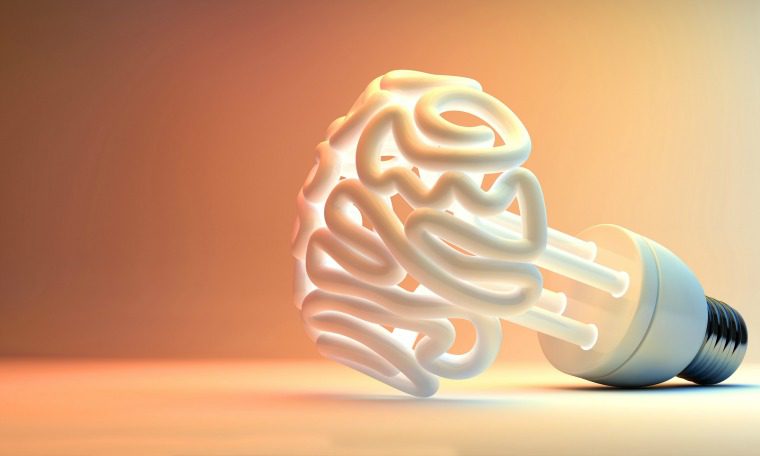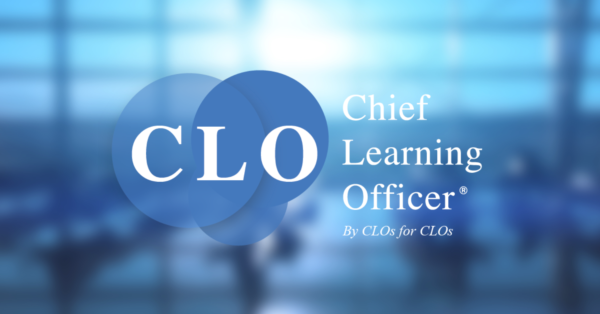It’s no secret that there’s an ongoing change in how learning happens — and it’s in part due to leaps in our understanding of how the brain works.
“We have an opportunity through our understanding of how we think and learn to challenge our ideas about the skills we need in the future workplace,” said Ann Hermann-Nehdi, CEO of Herrmann International, a research and consultancy firm focused on the connection between thinking preferences and business results.
“It’s not understanding the brain for the sake of understanding the brain, it’s understanding it as a fundamental mechanism to learning to make learning happen in a much more effective way.”
The growing body of research reveals fundamental things L&D professionals can do to make sure brain science is built in to learning.
Microlearning on the Brain
Herrmann-Nehdi said L&D professionals have an important obligation to shift learning into the everyday work experience and build a culture where it’s a good thing that people learn on the job.
“The ease of access to something that you need when you need it — or that notion of being expert content curators that create an ecosystem of content that is just in time, just enough and just for me — is really the way learning leaders need to be thinking about it,” she said.
Microlearning — one of the biggest trends in learning — is a brain-friendly way to learn, she said. When someone is trying to solve a problem on the job, they don’t to want to read a 20-page article. They want something fast.
“If the problem is how to find the learning versus how to solve the problem, we’re creating a whole different set of issues for that learner,” Hermann-Nehdi said.
But there is a danger with the push for microlearning, said Britt Andreatta, former CLO at Lynda.com and author of “Wired to Resist: The Brain Science of Why Change Fails and a New Model for Driving Success.” Without the correct application, it can fail to deliver sustainable behavior change.
She said microlearning aligns with the brain science that learning should take place in 20-minute chunks but it doesn’t mean learning should be shallow or instantaneous. Some skills require intensive focus and depth and learning should unfold over hours, weeks or months with each experience building on the one before it.
“You cannot learn management in 20 minutes but you can learn some key elements of great one-on-one meetings or coaching or performance evaluations,” she said. “But then you have to put it into practice and do it many times until it becomes second nature.”
She said microlearning demands even more thought about how you weave between the chunks of learning so there is a cohesive and effective journey to change learners’ knowledge, beliefs and behaviors.
“Learning professionals need to be careful of all the pretty bells and whistles,” she said. “At the heart, you still need great learning architecture.”
Personalization, Not Learning Styles
From Amazon to Netflix to Twitter, the everyday learner is used to having their experience tailored to them. Herrmann-Nehdi said personalization is the secret to getting people’s attention and keeping it.
While many brain experts argue that the idea of visual, auditory and kinesthetic learning styles are oversimplified models, there are distinctly different ways people prefer to learn — they just come in many delivery options.
For example, some people like executive summaries with bullet points, some like to read stories for the emotional context, some like discovery-based experimental learning and some like the practical “how-to” type of learning, Herrmann-Nehdi said.
Having multiple ways to provide this learning is essential. “You have to target the audience you are talking to and design the learning arc for that specific group of people,” Andreatta said. “This is what makes adaptive learning so great because it meets each learner where they are and flexes to create a customized and unique learning experience for each person.”
Andreatta said learning leaders need to anticipate that technology will continue to provide more and better life-like opportunities to develop and practice skills through things like implanted devices and holographic simulations.
“The tool should always be in service of the learning experience, not vice versa,” she said. “Once you understand true learning then it’s much easier to wade through the explosion of options and choose the right match for your needs.”
Herrmann-Nehdi said the need for learning in a rapidly changing environment is greater than ever before.
“Staying current is not what most organizations want, they want that competitive advantage of being ahead of the game,” she said. “The only way to get there is through learning.”















